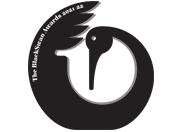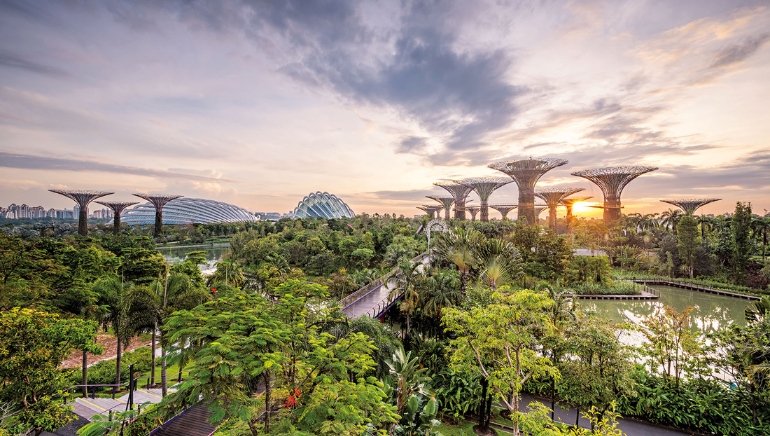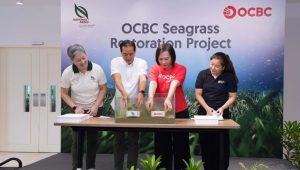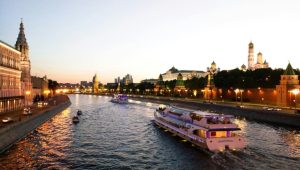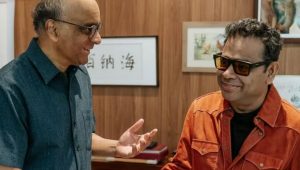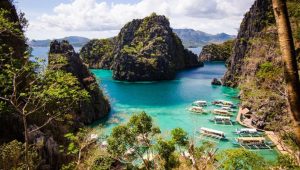Singapore is working to conserve its green spaces as urban growth advances across its 730-square-kilometre island. While 16% of the city-state is covered in rainforest, much of its primary forest has been lost since the 1800s, putting biodiversity at risk. With a 2% increase in population last year, primarily due to foreign workers and students, and an annual GDP growth objective of 5%, housing and economic expansion remain major priorities.
Nearly 80% of Singapore’s people live in high-rise government housing, and forested areas are increasingly being targeted for development, with 100,000 additional residences planned by 2025.
The government’s ‘City in Nature’ initiative aims to minimise heat and improve mental health, with natural zones like Bishan-Ang Mo Kio Park being up to 3°C cooler than surrounding locations. Conservation efforts have also focused on endangered species such as Johora singaporensis, but critics warn that numerous forest species are overlooked.
Limited transparency on proposed developments and environmental data is also causing worry. NParks withholds some species data to prevent poaching, but insists on working across sectors. Singapore intends to plant one million trees and transplant 100,000 corals by 2030, but activists argue that tree losses may outweigh the gains.




